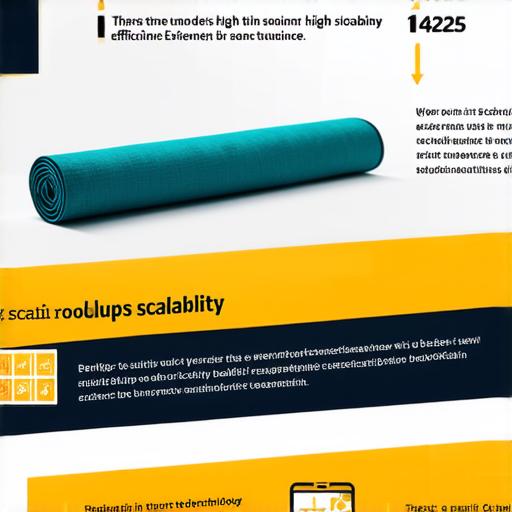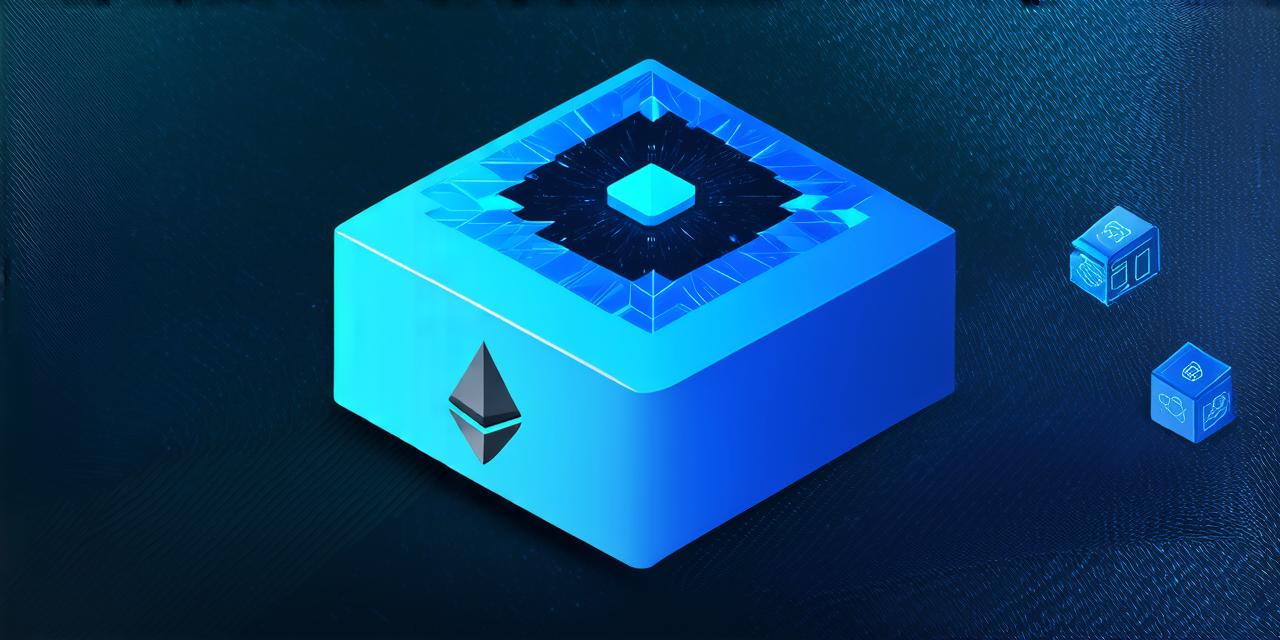What are Rollups?
Rollups are a way to group multiple transactions into a single, larger transaction that is validated and stored on the blockchain network. This process allows for the reduction of the number of individual transactions required to verify a set of transactions on the blockchain network.
The concept of rollups was first introduced in Ethereum’s gasless transactions proposal, which aims to reduce the cost of transacting on the Ethereum network by eliminating the need for every transaction to be validated individually. Rollups can also help to increase the throughput of blockchain networks, making them more scalable and efficient.
How do Rollups Work?
Rollups work by aggregating multiple transactions into a single, larger transaction that is verified on the blockchain network. The process of validating the rollup involves grouping together multiple transactions and then proving to the network that they are valid. This can be done through a variety of methods, including zk-SNARKs, succinct zero-knowledge proofs, or other techniques.
Once the rollup has been verified, it is added to the blockchain as a single transaction. This allows for the consolidation of multiple transactions into a single, larger one, which can help to reduce the overall cost and time required to transact on the network.
Benefits of Rollups
There are several benefits to using rollups in blockchain networks. One of the main advantages is that they can help to improve the efficiency and scalability of the network. By consolidating multiple transactions into a single, larger one, rollups can reduce the number of individual transactions required to verify a set of transactions on the blockchain.
Another benefit of rollups is that they can help to increase the throughput of the network. By consolidating multiple transactions into a single one, rollups can reduce the load on the network and allow for more transactions to be processed in a given time period. This can help to make blockchain networks more efficient and scalable, which is important for industries that require high-throughput systems.
Real-Life Examples of Rollup Applications
There are several real-life examples of rollup applications that have the potential to impact various industries. One such example is DeFi applications on the Ethereum network. DeFi applications rely on the ability to transact quickly and efficiently on the Ethereum network, which can be a challenge due to its limited throughput. By using rollups, DeFi applications can consolidate multiple transactions into a single one, reducing the cost and time required to transact on the network.
Another example is in the gaming industry. Rollups can help to improve the efficiency and scalability of blockchain-based games by allowing for faster transaction times and lower costs for users. This can lead to a more seamless and enjoyable user experience, which is important for the success of any game.

FAQs
1. What are rollups in blockchain?
Rollups are a way to group multiple transactions into a single, larger transaction that is validated and stored on the blockchain network.
2. How do rollups work?
Rollups work by aggregating multiple transactions into a single, larger transaction that is verified on the blockchain network.
3. What are the benefits of using rollups in blockchain networks?
The main benefits of using rollups include improved efficiency and scalability, as well as faster transaction times and lower costs for users.
4. What are some real-life examples of rollup applications?
Some real-life examples of rollup applications include DeFi applications on the Ethereum network and games in the gaming industry.
